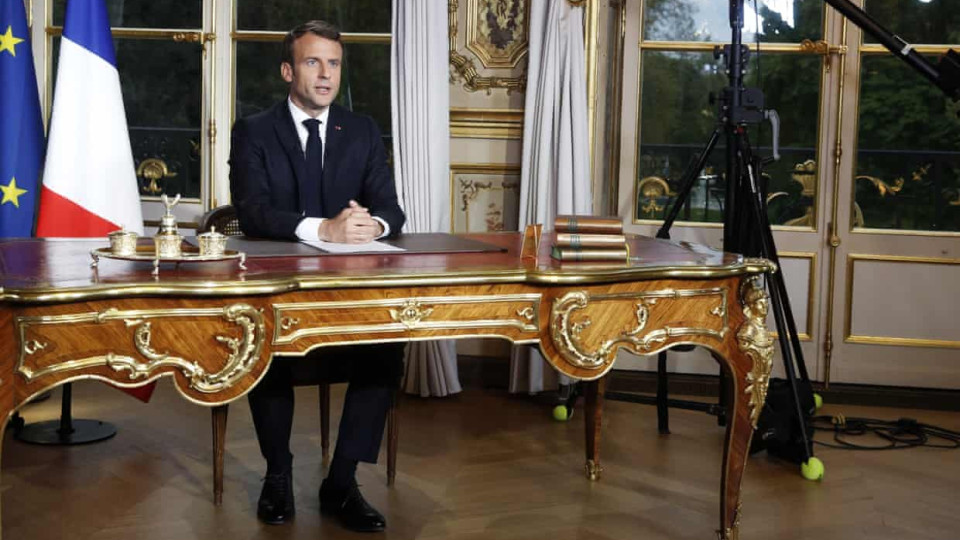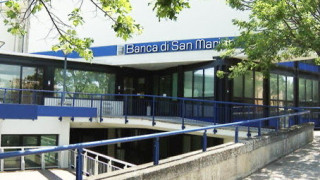
Emmanuel Macron has announced he wants to see Notre Dame cathedral rebuilt “more beautiful than before” within five years, but there are warnings that the repairs could take decades and will involve substantial challenges.
The main problems include the sourcing of materials and painstaking work to preserve elements of the church that have survived the fire but might have been badly damaged by it, experts have warned.
Eric Fischer, who heads a foundation restoring the 1,000-year-old Strasbourg Cathedral that recently underwent a three-year facelift, said he thought rebuilding Notre Dame would probably take several decades.
“The damage will be significant,” Fischer said.
Audrey Azoulay, director-general of Unesco, the UN’ cultural organisation, said restoring Notre Dame “will last a long time and cost a lot of money”.
Donations have poured in from around the world for the restoration efforts, with more than €800m (£692m) pledged as French tycoons and global corporations announced they would donate.
“The fire at Notre Dame reminds us that our history never stops and we will always have challenges to overcome,” Macron said on Tuesday night. “We will rebuild Notre Dame, more beautiful than before – and I want it done in the next five years. We can do it. After the time of testing comes a time of reflection and then of action.”

French authorities revealed on Tuesday that the cathedral was within “15 to 30 minutes” of complete destruction as firefighters battled to stop flames reaching its gothic bell towers.
A greater disaster was averted by members of the Paris fire brigade, who risked their lives to remain inside the burning monument to create a wall of water between the raging fire and two towers on the west facade.
The revelation of how close France came to losing its most famous cathedral emerged as police investigators questioned workers involved in the restoration of the monument to try to establish the cause of the devastating blaze.
Paris prosecutor Remy Heitz said that an initial fire alert was sounded at 6:20pm on Monday evening but no fire was found. The second alert was sounded at 6:43pm, and the blaze was discovered on the roof.
Despite fears at the height of the inferno that the whole cathedral would be lost, the structure appears mainly intact.
Tom Nickson, a senior lecturer in medieval art and architecture at London’s Courtauld Institute, said the stone vault “acted as a kind of fire door between the highly flammable roof and the highly flammable interior” just as the cathedral’s medieval builders intended.
There are fears that the stones of the ceiling and beloved stained glass windows, which survived the blaze, may still have been badly damaged by it. If the stones of the vaulted ceiling have been weakened and cracked by the heat, the whole vault may need to be torn down and re-erected.
The cathedral’s exquisite stained-glass rose windows are probably suffering “thermal shock” from intense heat followed by cold water, said Jenny Alexander, an expert on medieval art and architecture at the University of Warwick. That means the glass, set in lead, could have sagged or been weakened and will need minute examination.
The first challenge for repairers will be to secure the building without disturbing the debris.
“Some of that material may be reusable, and that’s a painstaking exercise. It’s like an archaeological excavation,” said Duncan Wilson, chief executive of the conservation organisation Historic England.
Once the building has been stabilised and the damage assessed, restoration work can begin. It is likely to be an international effort.
“Structural engineers, stained-glass experts, stone experts are all going to be packing their bags and heading for Paris in the next few weeks,” Alexander said.
Financial and political considerations, as well as aesthetic ones, are likely to play a part in the decision about whether to preserve the cathedral as it was before the fire, or adapt it.
Getting materials may also be a challenge. The cathedral roof was made from oak beams cut from centuries-old trees, which were difficult to source even in the 13th century. Nickson said there is probably no country in Europe with big enough trees today.
Then there is the question of conforming to modern-day health and safety standards.
The roof of Strasbourg’s Notre Dame was set ablaze during the 1870 Franco-Prussian War. Nowadays the roof is split into three fire-resistant sections to make sure one blaze can’t destroy it all, with smoke detectors installed are at regular intervals.
“Cathedrals are stone phoenixes reminders that out of adversity we may be reborn,” said Emma Wells, a buildings archaeologist at the University of York.
“The silver lining, if we can call it that, is this allows for historians and archaeologists to come in and uncover more of its history than we ever knew before. It is a palimpsest of layers of history, and we can come in and understand the craft of our medieval forebears.”
The Guardian











Leave a comment